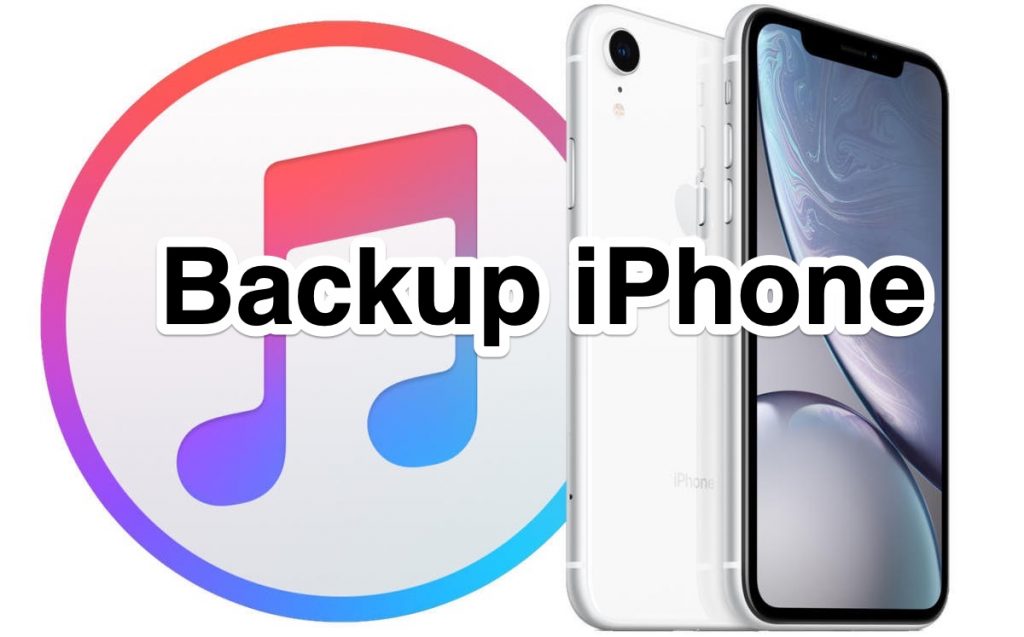Regular backups of your iPhone data are essential to make sure you don’t miss any important information in case of software failure or loss or breakage of the device. Your photos, contacts and Apple Pay information can disappear forever if you run out of backup, so it’s good to be proactive in preserving everything.
Page Contents:
Here’s how to backup an iPhone using iTunes, as well as information about backing up other iOS devices as well. These instructions apply to devices with iOS 5 and later.
A note on the availability of iTunes
Starting with macOS 10.15 (Catalina), iTunes has become obsolete and is no longer included in any Catalina-based Mac system. If you’ve upgraded to Catalina, you can still back up your iPhone to your computer, you can do it through the Finder instead of iTunes. If you’re using macOS 10.14 or earlier or a Windows-based PC, however, you can use iTunes or iCloud to back up the iPhone.
Why use iTunes?
Starting with iOS 5, iOS users may not use iTunes for backups and instead store their data on iCloud. Because of this change in your habits, you may be wondering why you should continue using iTunes on your Mac.
However, there may be several reasons for using the software solution. For example, you may not pay to store backups on iCloud or if the free 5 GB isn’t enough to hold everything you want to keep.
Even if you have all the space you need on iCloud, you may still want to duplicate backups using iTunes too. In this way you have the possibility to save the backups on an external drive, which will allow you to access them even in case of hardware failure or (improbable) iCloud malfunction.
However, having too many backups is never a bad thing.
How to backup your iPhone to iTunes
The backup of your iPhone takes only a couple of clicks. Here’s how to do it.
These instructions apply to all iOS devices, including iPad and iPod Touch.
- Open iTunes.
- Connect your device to your computer via a USB cable.
- Click on the device icon in the top left corner of iTunes.
- The next screen will show information on your iPhone or iPad, including the version of iOS you are running and the amount of storage space used. Scroll down to the Backup section for more options.
- The Last backups section informs you about the last data backup. Provides the date and time of the latest backups both on iCloud and on the computer you are using.
- This section also allows you to customize the settings for your backups. Click the button next to This computer under the Auto Backup heading to store the information locally.
- Click the box next to Encrypt local backup to add another level of protection to your data. Local backup encryption also allows you to include passwords, HomeKit information, and integrity data in the file. These files cannot be backed up if you do not choose this option.
- Click Change Password to set or update the code that protects the backup.
- Check the box next to Remember this password in my keychain to avoid having to enter the code to restore the device from a backup. If you leave this box unchecked, your backups will be more secure. With the password saved, anyone with access to your computer will be able to use the backup.
- Enter and confirm your password, then click Change Password to save it.
- Back up now save all data on your computer.
- Sync creates a backup and updates your iPhone or other iOS devices with all the changes you have made to your iTunes library.
Two buttons will create a backup of your device.
You can use the device during backup as long as you keep it connected to your computer.

